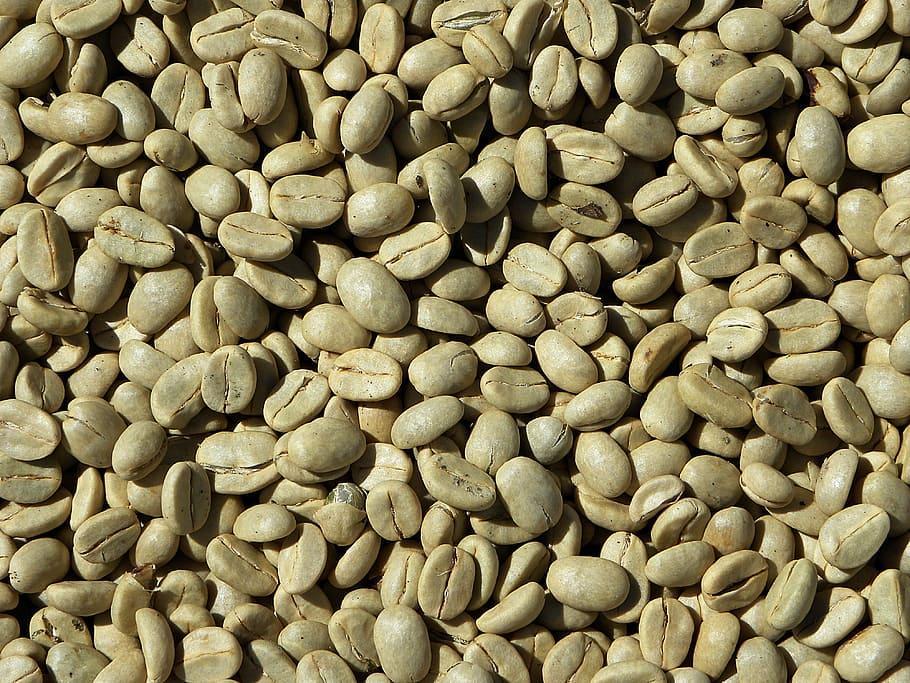
On the Processing of Coffee
On many bags of coffee you may see things such as “Honey Processed”, or “Natural Process”, or “Washed” coffee. This is becoming more popular as Specialty Coffee becomes more popular. At Cody Coffee we have a Honey Processed Costa Rican, a Washed Nicaraguan, and a Natural Ethiopian. Each process has a different effect on the taste and roasting process. As well, different processes are used around the world depending on the available water and the climate. Let’s take a look at each process and what it does to the coffee.
First we have to look at the coffee cherry. Most people don’t know, or just haven’t thought about it much, that coffee comes from a cherry grown by the coffee tree. This cherry is where it all begins. How much cherry and outer skin is left on during drying is the big difference between the processes.
Natural Process (Dry Process)
During natural processing of the coffee, the entire cherry is left on while drying. First the cherries are floated in water to sort through under/over ripe cherries and damaged cherries. These cherries are then laid out on raised beds/patios and turned frequently for an even drying. The cherries are dried from anywhere between 2-4 weeks. After this drying period, the cherry and outer skins are removed all at one time.
This process uses almost no water and needs no fancy equipment. However it requires much more monitoring and manual labor. The beans must be turned very regularly. During this time, the inside of the cherry is going through a fermentation process. This produces many different compounds that migrate inward toward the green coffee bean. This produces the distinct berry and tart flavors the natural processed coffee is known for. Some people even call the flavor boozy and jammy.
Honey Processed (Pulped Natural/Semi-Washed)

This style of process is in between natural and fully washed. The cherry is removed but the mucilage remains on the green coffee bean. This is then dried in a similar way to natural processed coffee. The big difference is that removing the outer cherry changes the fermentation process and the microbial community causing different compounds to be produced. These compounds then, in a similar fashion to natural, migrate inward toward the green coffee bean for absorption. After drying has been completed the rest of the mucilage and skin layers are removed before being sent out to roasters.
This process requires some water and requires very intensive observation during the drying and fermentation to ensure the best taste without over doing it. Often considered a higher risk process with more potential for something to go wrong that soils the green beans. However, if done correctly, this style of process offers incredible flavor notes often described as citrusy and floral with hints of sugar, caramel and honey.
Washed Process (Wet Processing)
Finally we arrive at fully washed coffee. This is generally a fully mechanical process in which all skin is removed from the coffee bean. Machines sort the ripe coffee from the underripe and damaged cherries. Then the fermentation process occurs in large tanks over a period of 24-72 hours. After which, the coffee is then washed again and dried on patios or with mechanical drying machines.
This style of processing produces much more consistent green beans. As well, there is no migration of sugars toward the green bean without the cherry or outer skins on the coffee bean during fermentation. Generally, this style of processing uses a lot more water and requires larger machinery. However, the flavor reflects the origin of the coffee and terroir much more. Washed coffee allows for a true representation of where it has been grown.
These are the three most common types of processing. There are more experimental processes out there, but are less common. Here at Cody Coffee we offer each type of process for your enjoyment! We also offer blends of the different processes as well. Next time you're in, ask for a pour-over, or a coffee tasting to try each process out!
